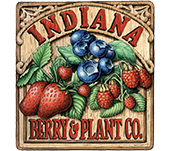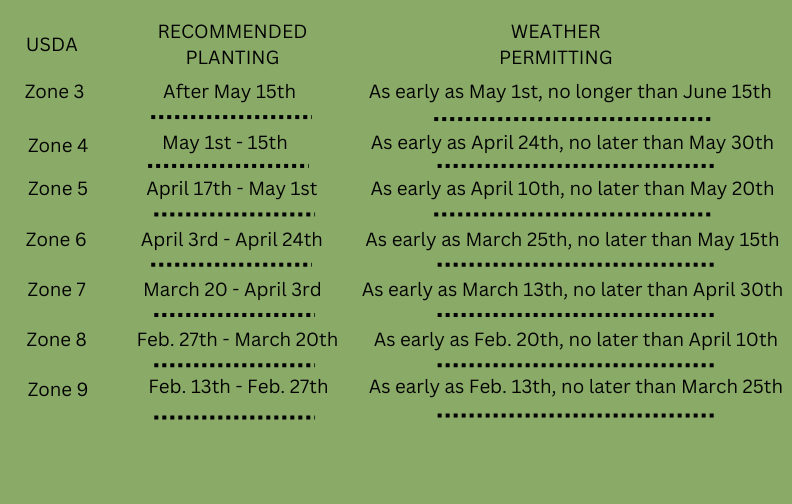Prime-Ark® Traveler - Primocane - Thornless
| Quantity | Price |
| 1-24 | $8.05 |
| 25-99 | $6.65 |
| 100+ | $5.55 |
(Patent #28,598) Prime Ark Traveler is the second release of primocane thornless blackberries from the University of Arkansas. Early ripening, erect thornless blackberry. Medium to large size firm fruit, with 9-11% sugar level with good yields. Heat stress may reduce flowering and fruit size (daytime temperature of 90 degrees and higher for an extended period of time).






